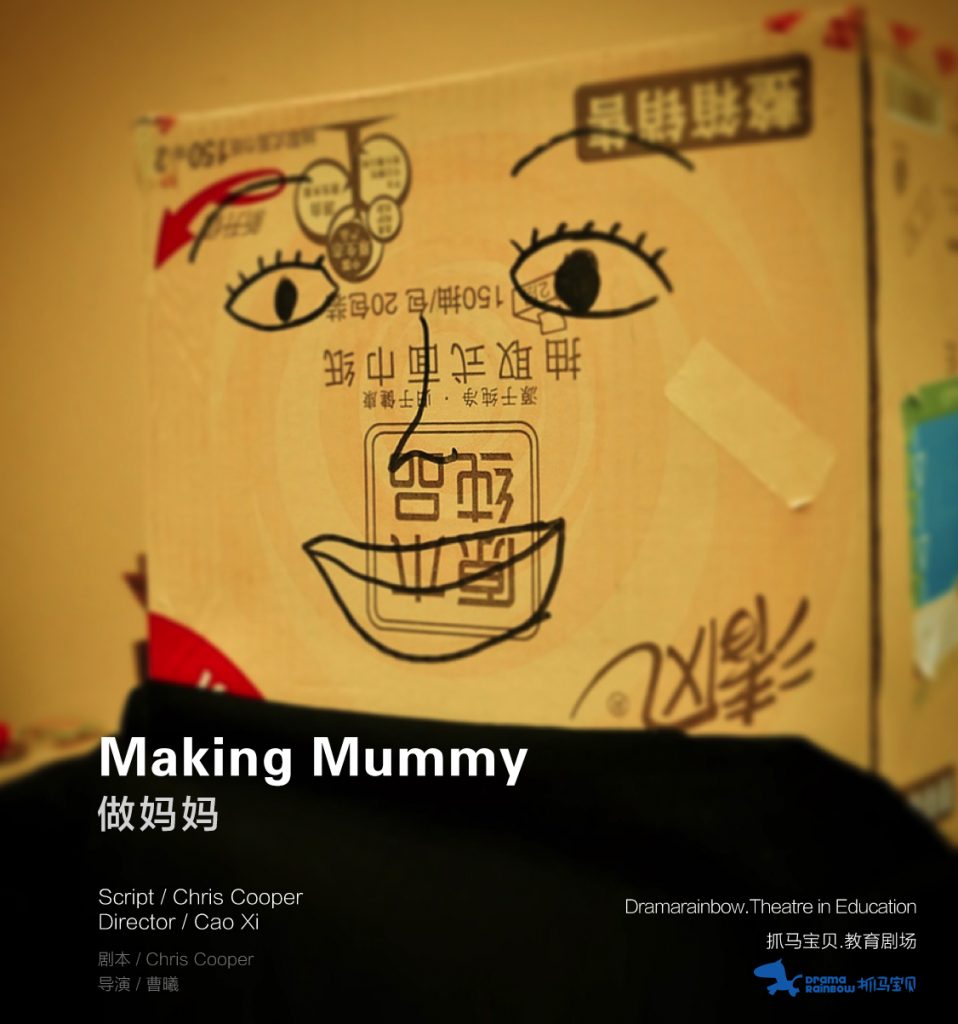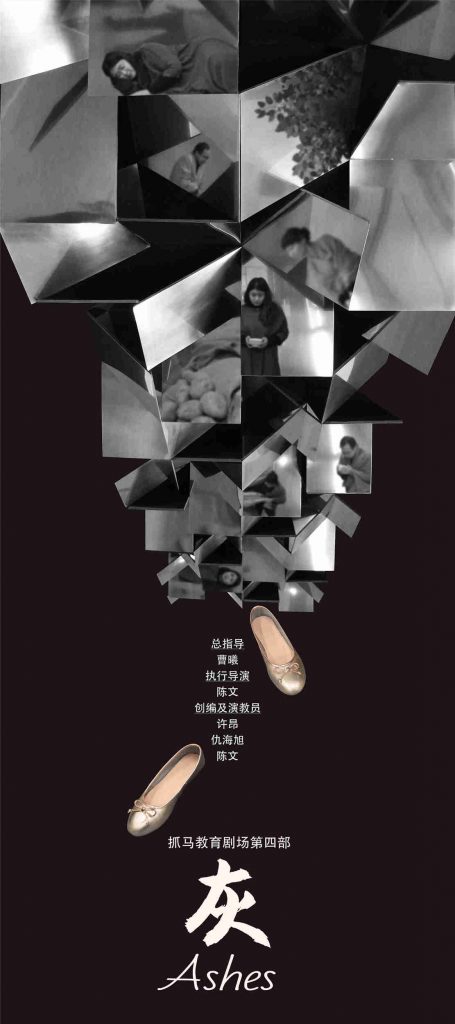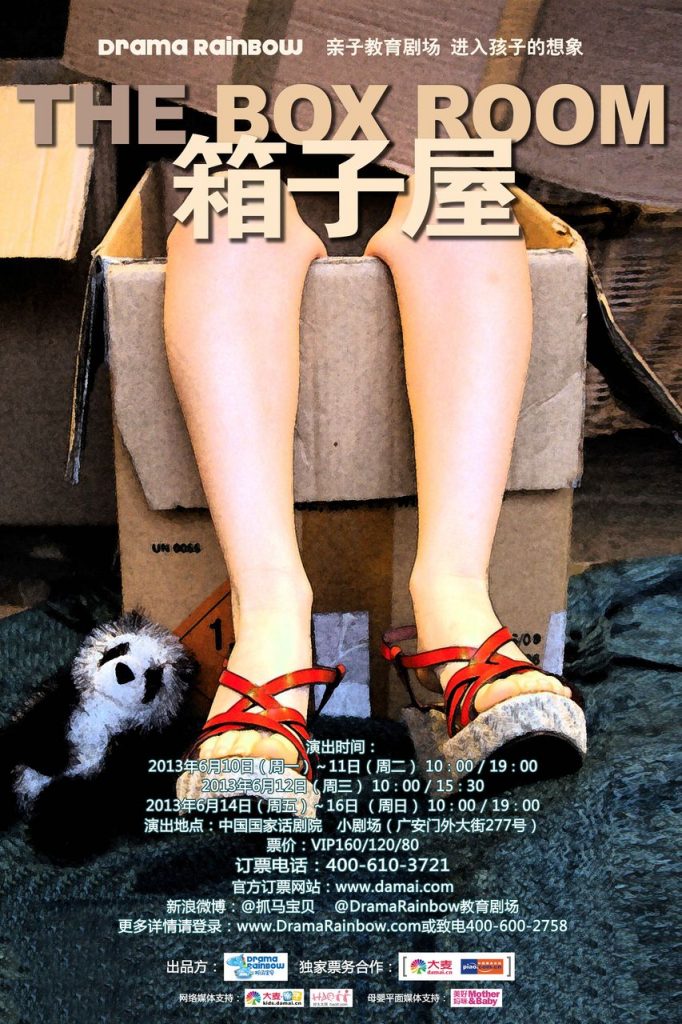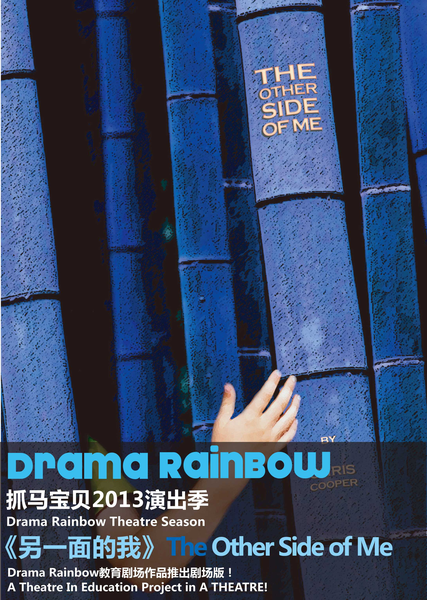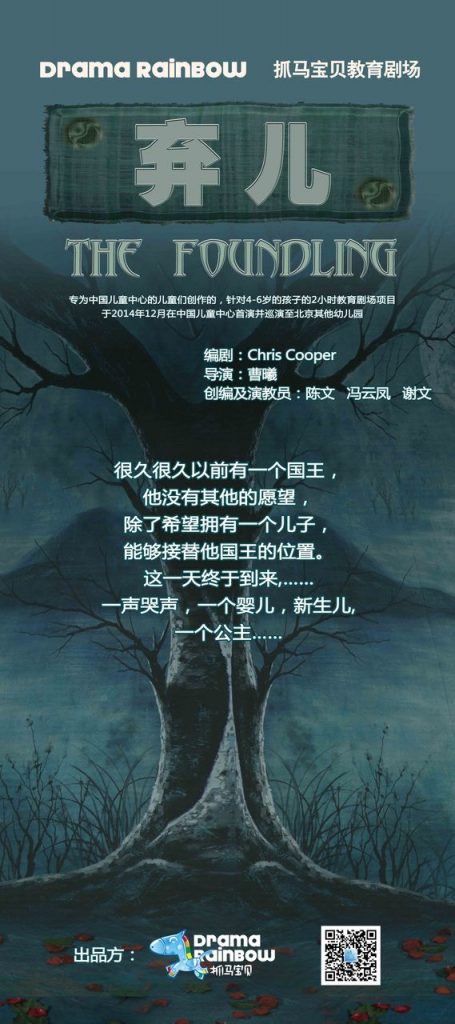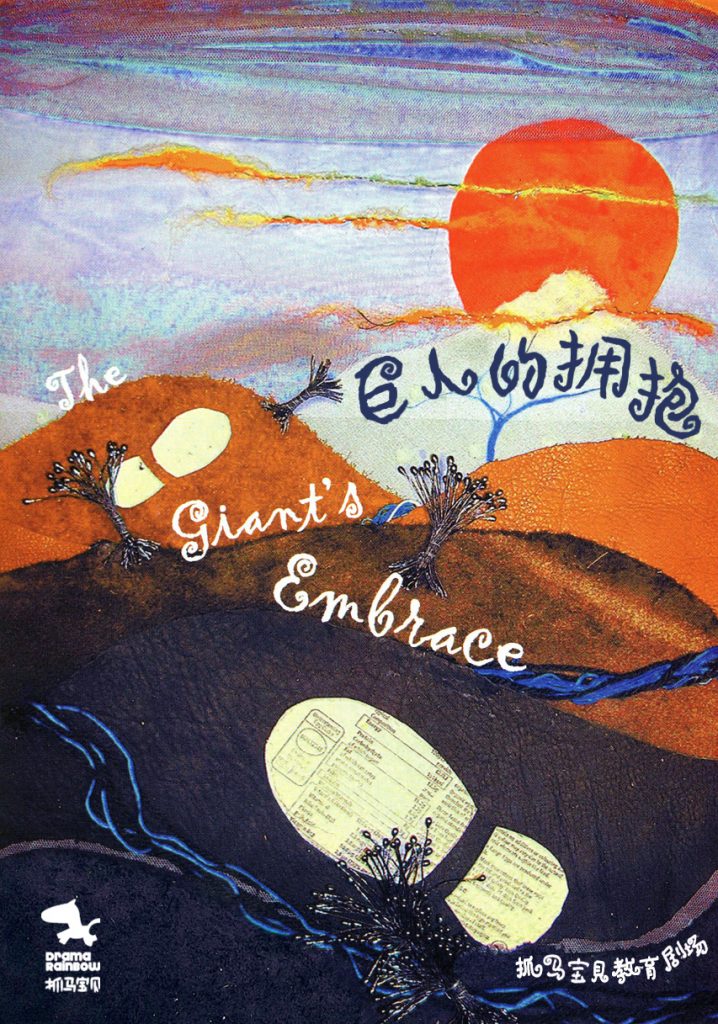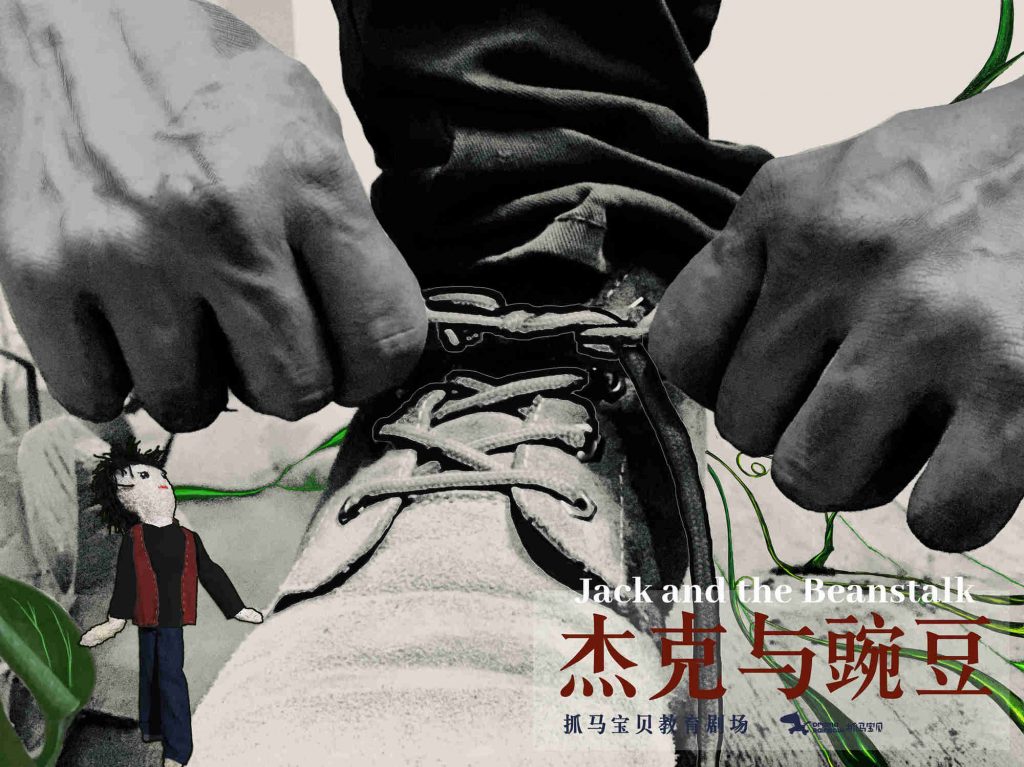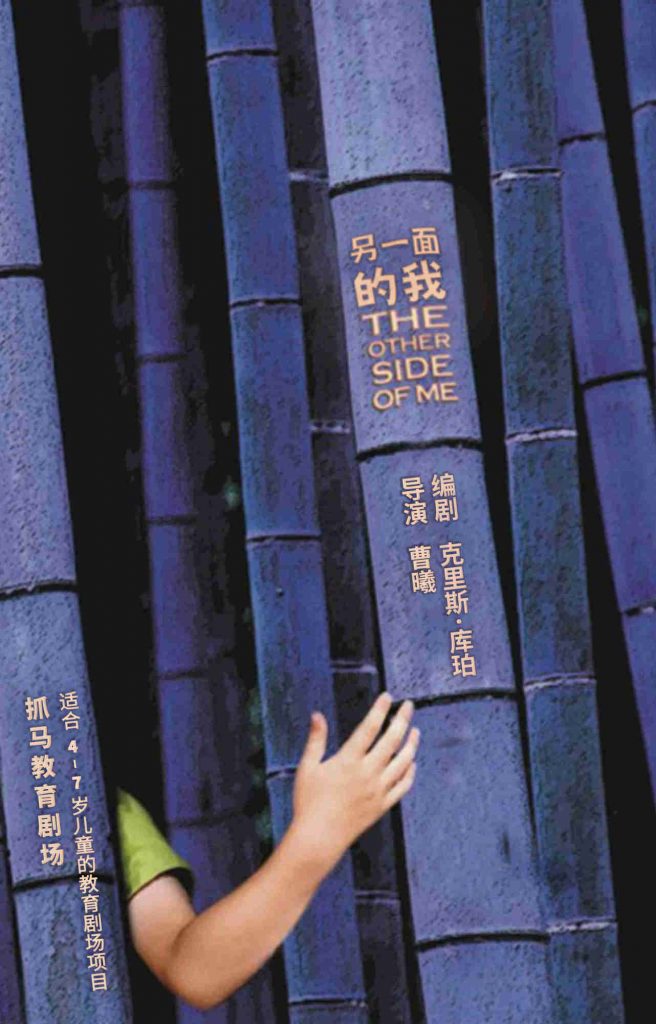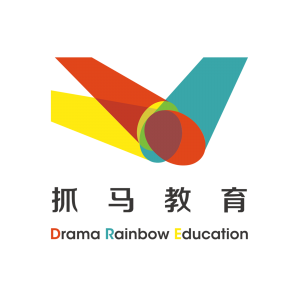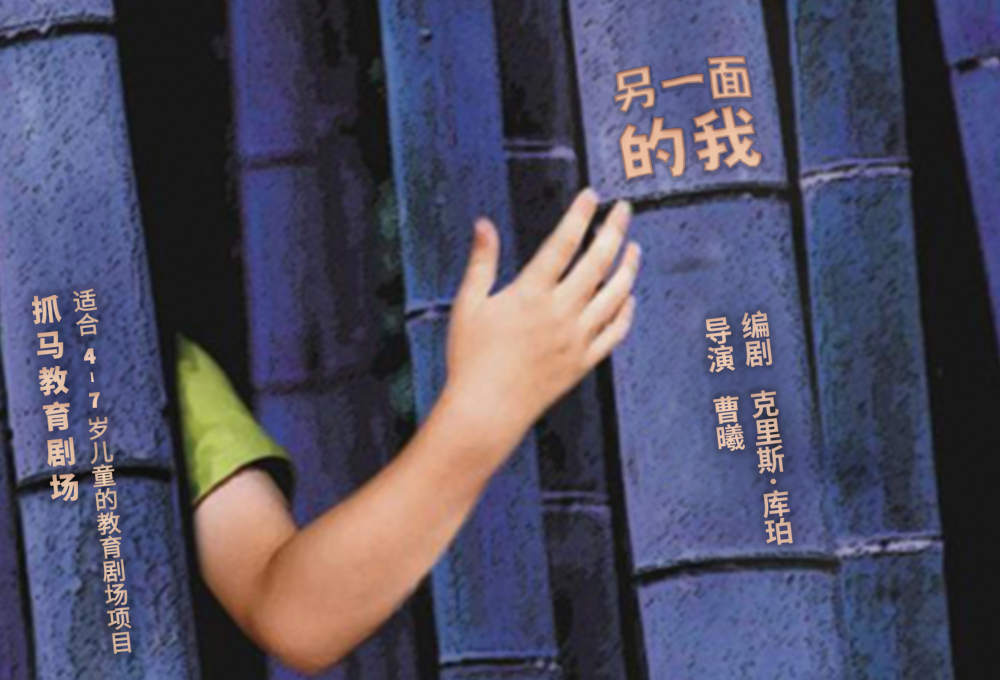Love Theatre in Education
Learning through Theatre in Your School
“A child may absorb all the skills of a closed society and not have the ability to judge or question the values of that society. We may need other ways to open a child’s mind to the deeper questions about society and human existence, not only to challenge the child but to get the child to challenge us and our culture. Perhaps there is something more important than the developing of cognitive skills, perhaps we can help even the youngest child to embark on a search for wisdom, the development of that child’s own values and philosophy of life.”
– Teaching Children to Think, Robert Fisher (1990)
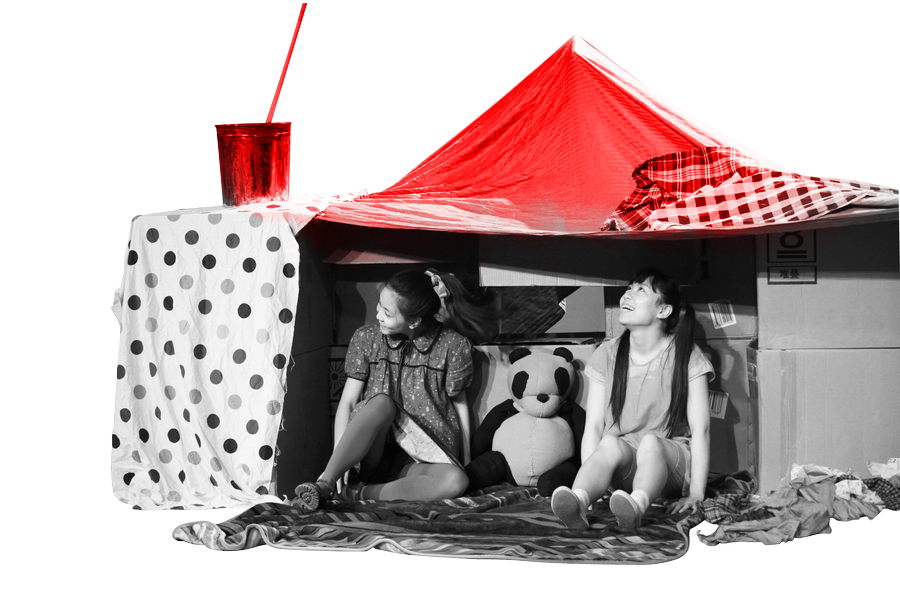
The Box Room / China National Theatre, 2013
Theatre in Education
There is a kinship between TiE and DiE in both form and content. A TiE programme shares many of the features of DiE in terms of the use of frame, role and task, employing DiE methodology to structure participatory learning and the pedagogy underpinning the learning. In addition, in TiE the emphasis is on creating the highest quality theatre art which enables TiE companies to take advantage of the fact that, as Dorothy Heathcote pointed out in Signs (and Portents?): “Under theatre conventions they [actor-teachers] are accepted as total signers.” Meaning, that the actor-teacher can fully utliise theatre’s symbolic systems and signify meaning efficiently and powerfully, not only through what they do and say in performance but through employing the full use of costumes, props and objects, set, sound and even lighting. The actor-teacher combines the skills of the actor with the facilitating skills of the teacher. Further to this each performance is designed for one class at a time which ensures a high teacher-learner ratio. It is the active participation of children and young people in a TiE programme that makes TiE a unique and discrete art form distinguishing it from other forms such as children’s theatre, or theatre for young audiences.
The Boy Who Cried Wolf /Microsoft World Social Innovation Week ,2013
The most distinct feature of TiE is the participatory elements. Participants will work with the actor-teachers, collectively or in smaller groups exploring the centre of the play, before, during, and after the performance elements.
Participation is sometimes integrated into the structure of the whole programme, where the boundary between actor and audience is significantly blurred; in some programmes the children, often in role, become a part of the ‘play’. Participation leads to a deeper and deeper exploration of the centre of the play, they are not just watching, they are in it.
In a TiE programme, learning is not instrumental but conceptual. It is not the role of TiE to teach anyone what to think, as with DiE there are no right and wrong answers. TiE seeks to enable young minds to think for themselves based on a felt understanding gained from experiential learning through participation, that can be integrated into their minds. Theatre form is used to explore dramatic content that resonates with the lives of participants, thereby achieving a new understanding of the relationship between self and society and vice versa.
Making Mummy
Giant's Embrace
Jack and Beans
The Box Room
There are two models of TiE projects that have been produced by Drama Rainbow Education. One model is devised from selected material, such as a story, object, painting etc., by the actor-teachers with a director or team leader. This model is often more fluid in transitioning from performance to participation and vice versa; the other model has been to structure the programme around a play written by playwright Chris Cooper and directed by Cao Xi. This kind of approach has a more specific use of theatre ‘grammar’ and symbolism. It takes several weeks to rehearse the play carefully or to devise the performance element and in addition to structure the whole TiE programme which includes both performance and the participatory elements. In both models the rehearsal process is used to determine the centre of the drama and the children’s learning area. The company then selects the frame, role (if required) and central task for the children to actively participate in the TiE programme.
Making Mummy / Chunlei Primary School, Hezhe, Shandong Province, 2017
Our Theatre in Education Projects
These programmes have entered many kindergartens and schools, exposing more and more children to high-quality educational theatre and drama
